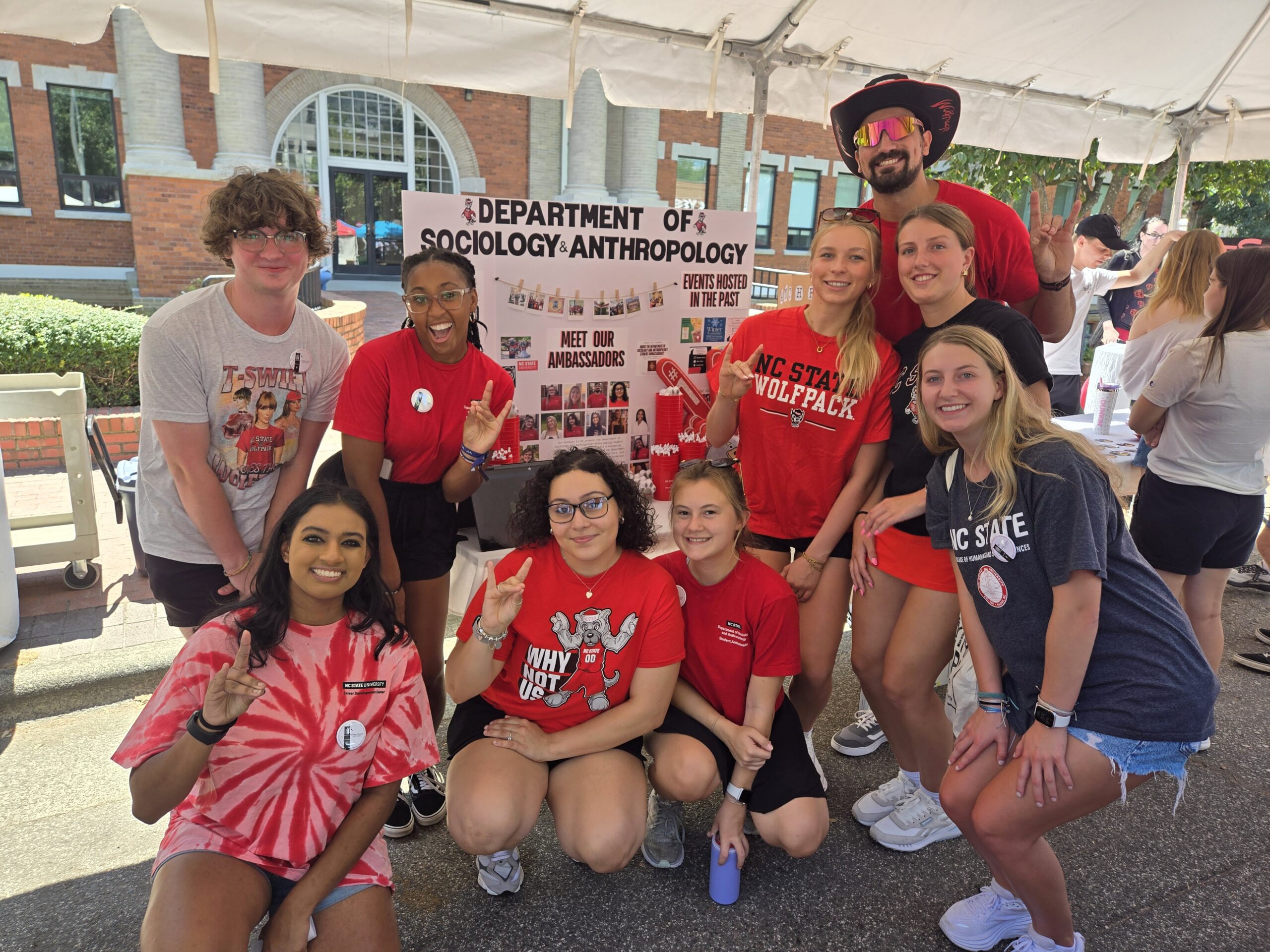Facial Structure Of Men And Women Has Become More Similar Over Time

Research continues to prove the closing gap between men and women, or at least of their craniofacial features. Dr. Ann Ross, an associate professor of anthropology, acted as the principal investigator of a study which examined hundreds of Spanish and Portuguese skulls spanning four centuries. The study uncovered that the craniofacial features of men and women have become less pronounced with time with substantial change in females.
“Improving our understanding of the craniofacial features of regional groups can help us learn more from skeletal remains, or even help us identify an individual based on his or her remains,” said Ross.
Observations of Spanish skulls allowed researchers to track facial changes over time and create standards for identifying sex in Spanish skulls, which can also be applied to the Iberian region. This research offers new factors when evaluating craniofacial features and offers questions for researchers to consider when examining remains.
The paper detailing the study, “Implications of dimorphism, population variation, and secular change in estimating population affinity in the Iberian Peninsula,” will be published in the journal Forensic Science International . News of this research was also posted at Smithsonian Science. Read more about the research.
from a news release published by NC State News Services, adapted by Lauren Lopez-Ibanez, student intern
- Categories:


